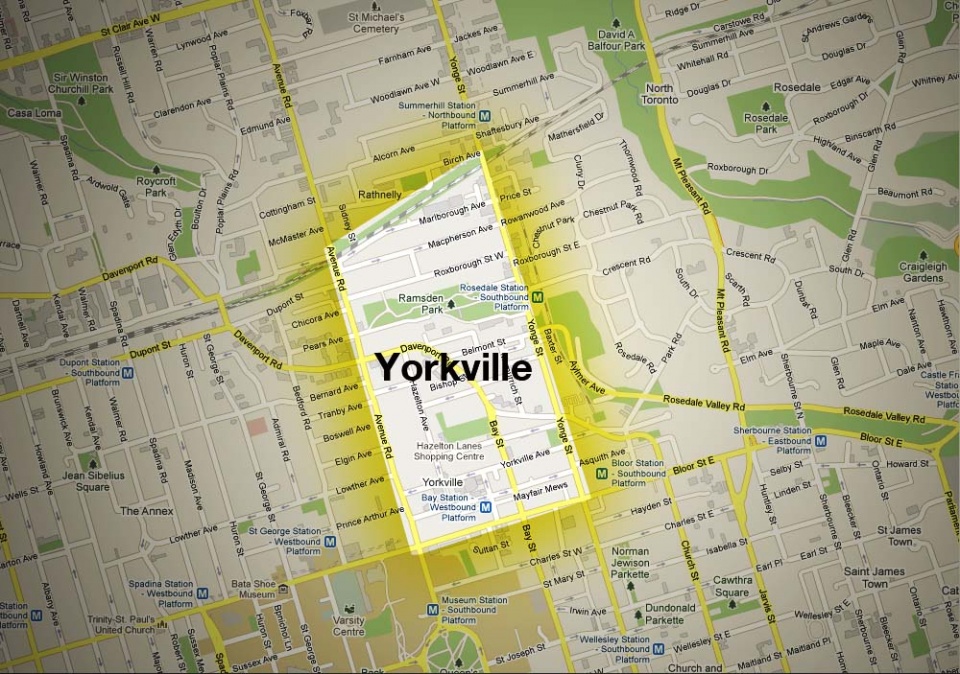Toronto’s Yorkville Village – widely considered the heart of Canada’s bohemian, counterculture community in the ’60s and ’70s – boasted more than 40 clubs and coffee houses that nightly featured such legendary singer-songwriters as Gordon Lightfoot, Ian & Sylvia, Joni Mitchell and Neil Young. Those were extraordinary times. Club 71 the Village’s first coffee house, was opened by Werner Graeber in 1959. By 1964, Yorkville had become a nurturing environment not only for folk music, but also for pop, blues, and later, psychedelic rock. Hippies, teenagers and curious tourists flocked to these unlicensed venues, which offered an alternative to the Yonge Street bars.
Yorkville was also home to three acclaimed recording studios regularly used by such major Canadian artists as Gordon Lightfoot, Anne Murray, The Guess Who, Lighthouse, Bruce Cockburn, Murray McLauchlan and Dan Hill and many international artists including Elton John, Cat Stevens and Fleetwood Mac.
The Yorkville scene inspired a generation of songwriters and led to the rise of a new Canadian sound. Many successful groups came to prominence through their performances there including Luke & The Apostles, The Ugly Ducklings, The Kensington Market, to name a very few.
On Friday, May 6th, long overdue, I might add, there will be an unveiling of three new plaques: The Purple Onion, The Penny Farthing and Yorkville’s Music Scene.
Thanks to Heritage Toronto for doing this. They’re the charitable arms-length agency of the City of Toronto established in 1949 to promote a greater appreciation for the city’s rich architectural, cultural, archaeological and natural heritage. Through partnerships with local community groups and volunteers, Heritage Toronto provides city-wide programs and services. Core annual programs include neighbourhood Tours, the Heritage Toronto Awards and Kilbourn Lecture, and a heritage Plaques and Markers program.







